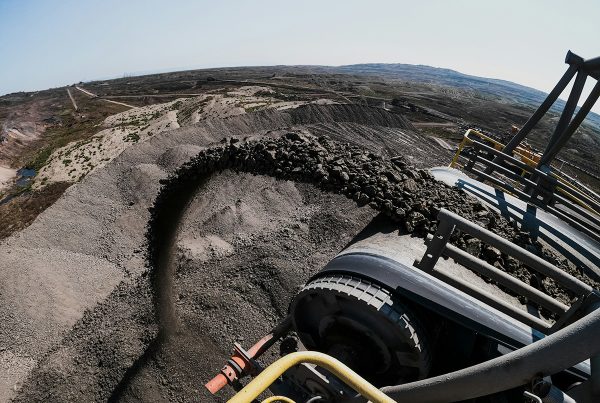Earth Day serves as a yearly reminder of our profound connection to this incredible planet we call home. It’s a day to celebrate the beauty and bounty of nature, but also a stark reminder of the environmental challenges we face. This year, let’s shift our focus to a sector with immense potential for positive change: the built environment.
The construction industry bears a significant responsibility for resource consumption and environmental impact. However, within this very industry lies a powerful solution – green building certifications. These programs are revolutionizing how we design, construct, and operate buildings, paving the way for a more sustainable future.
Green building certifications like LEED (Leadership in Energy and Environmental Design) act as a comprehensive roadmap for sustainable construction. LEED assesses buildings across various aspects like energy efficiency, water use, responsible material selection, and indoor environmental quality. Similar programs exist around the world, catering to specific regional needs and contexts. For instance, the IGBC (Indian Green Building Council) sets the benchmark for green buildings in India, while GREEN STAR (AUSTRALIA) and ESTIDAMA (UAE) address the unique environmental considerations of their respective countries. BREEAM (Building Research Establishment Environmental Assessment Method), with its global reach, focuses on creating not only environmentally responsible buildings but also those that prioritize occupant health and well-being.
The positive impact of these certifications is well documented. Green buildings demonstrably reduce energy consumption, resulting in lower carbon footprints and a lessened burden on our finite resources. They promote water conservation through innovative techniques, minimize waste during construction and operation, and prioritize the use of recycled or locally sourced materials. Additionally, by incorporating natural lighting, ventilation, and access to green spaces, these certifications foster healthier and more productive environments for occupants.
The significance of Earth Day extends beyond certifications themselves. It’s a call to action to embrace renewable energy sources like solar and wind power in our buildings. It’s a call to prioritize water conservation through responsible landscaping practices and low-flow fixtures. It’s a call to make conscious choices throughout the construction process, opting for sustainable materials with minimal environmental impact.
However, the green building movement isn’t solely about technical specifications and certifications. It’s about a fundamental shift in mindset – a recognition that the built environment can and should coexist harmoniously with nature. It’s about fostering a culture of innovation and collaboration, bringing together architects, engineers, builders, and policymakers to create sustainable solutions.
This Earth Day, let’s celebrate the success of Sustainable Buildings and the broader green building movement. Let’s commit to building a future where our structures stand not just as testaments to human ingenuity, but also as symbols of our responsibility towards the planet. By embracing these practices and fostering a culture of sustainability, we can create a built environment that supports a healthy planet for generations to come.











